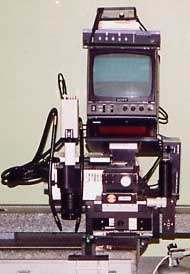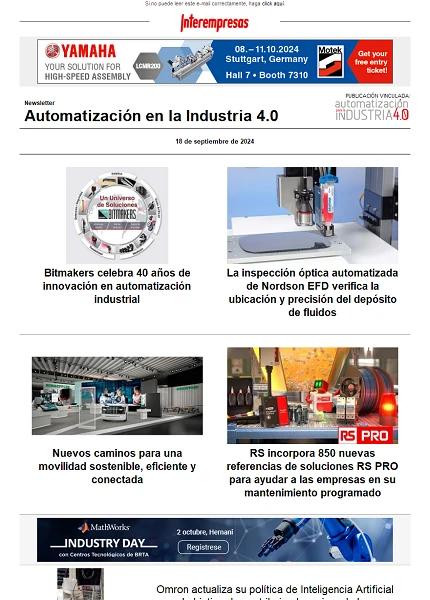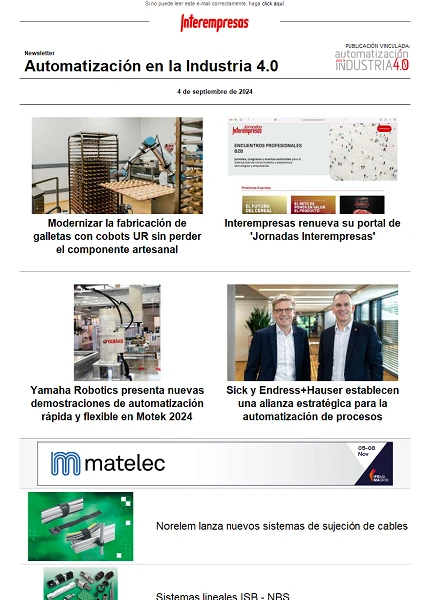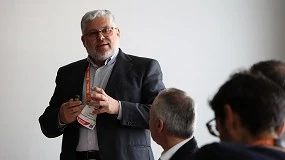El nuevo enfoque de la Directiva de instrumentos de medida
En dicha ley, el control metrológico del Estado, de los instrumentos, aparatos, medios y sistemas de medida, puede comprender: aprobación de modelo, verificación primitiva, verificación después de reparación o modificación, verificación periódica y vigilancia e inspección. Pero ya en el punto 7.4 se contemplaba la transferencia de competencias a las Comunidades Autónomas. Posteriormente el Real Decreto 1616/1985 desarrolla la ley 3/1985 y establece el Control Metrológico que realiza la Administración del Estado.
Como consecuencia de la adhesión de España a las Comunidades Europeas, el Real Decreto legislativo 1296/1986, modifica la Ley de Metrología para adaptarla al derecho comunitario, estableciéndose, además del control del Estado, un control metrológico CEE. Este control es reglamentado por el Real Decreto 597/1988.
En aplicación del artículo 143 de la Constitución, las Comunidades históricas, País Vasco, Cataluña, Navarra y Galicia, junto a Andalucía, Canarias y Valencia, incorporan a sus competencias las de pesas y medidas, al tenerlo contemplado en sus respectivos Estatutos de Autonomía.
Posteriormente la Ley Orgánica 9/1992 transfiere, de acuerdo con lo dispuesto en el artículo 150.2 de la Constitución, las competencias en pesas y medidas a las siguientes Comunidades Autónomas: Asturias, Cantabria, La Rioja, Murcia, Aragón, Castilla-La Mancha, Extremadura, Islas Baleares, Madrid y Castilla y León.
La Ley Orgánica 4/1996 modifica el Estatuto de Autonomía de Canarias, incorporando la competencia en pesas y medidas.
Al día de hoy todas las C.C.A.A. tienen por tanto transferidas estas competencias, excepto Galicia que aún no las ha asumido.
Como consecuencia directa de la incorporación a la CEE, se produce la transposición de las Directivas comunitarias en vigor, publicándose las Ordenes técnicas correspondientes. Entre ellas la Orden de 30 de diciembre de 1988 por la que se regulan las medidas materializadas de longitud.
Regulación de las medidas materializadas de longitud
Para la realización de los ensayos de medidas materializadas de longitud, el Área de Longitud del Centro Español de Metrología dispone de un banco de granito de 25 metros de longitud equipado con un interferómetro láser. Este banco tiene unas características que lo hacen único en España, permitiendo la calibración de cintas de gran longitud con unos valores reducidos de incertidumbre.
Dispone de un carro móvil que incorpora el sistema óptico (cámara CCD, iluminación por fibra óptica, monitor con generador digital de retículo y reflector del sistema interferométrico). La resolución del interferómetro, así como la geometría del conjunto permite disponer de una exactitud de medida superior a la exigida en control metrológico de estos instrumentos.

Directiva de los instrumentos de medida
La Directiva CEE de pesaje 90/384 contempla un nuevo enfoque CEE y presenta una nueva filosofía más abierta, donde no sólo se evalúa el propio instrumento, sino también el uso que se da al mismo.
Pero este camino obligaría a disponer de una nueva Directiva para cada instrumento. A principio de 1990 se inician los trabajos por parte de la Comisión para la elaboración de la Directiva Metro, donde se priman los requisitos fundamentales del instrumento y el uso que se vaya a realizar del mismo, al igual que en la citada Directiva 90/384.
La evaluación de la conformidad de un producto se apoya en tres principios básicos:
- Establecimiento de módulos que relacionan las fases de diseño y producción.
- Cumplimiento de los requisitos esenciales por parte del producto, previamente a su puesta en el mercado.
- Actuación de los Organismos Notificados, o las autoridades competentes para garantizar el cumplimiento en la aplicación de los módulos y de las normas EN 29000.
Como se ha indicado, los diferentes módulos relacionan las diferentes fases de diseño y producción, interviniendo o no un Organismo Notificado:
- Módulo A. Control interno de la producción. En este módulo solo interviene el fabricante, que facilita la documentación técnica para la Autoridad en la fase de diseño, mientras que en la fase de producción el propio fabricante declara la conformidad con los requisitos y pone la marca CE correspondiente.
- Módulo B. Examen CE de tipo. Este módulo solo actúa en la fase de diseño. El fabricante presenta ante un Organismo Notificado la documentación técnica y el modelo a examinar. El Organismo notificado evalúa la conformidad mediante los ensayos oportunos.
- Módulo C. Conformidad con el tipo. La aplicación de este módulo se realiza sobre la fase de producción únicamente. El fabricante pone la marca CE sobre el producto tras declarar la conformidad con el modelo.
- Módulo D. Aseguramiento de la calidad de la producción. También se aplica únicamente en la fase de producción. El fabricante adopta el sistema de calidad ISO 9003 y declara la conformidad con el modelo. El Organismo Notificado pone la marca CE y convalida el sistema de calidad.
- Módulo E. Aseguramiento de la calidad del producto. Sólo en fase de producción. El fabricante adopta el sistema de calidad ISO 9003, declara la conformidad con el modelo y pone la marca CE correspondiente. El Organismo Notificado convalida el sistema de calidad y controla su aplicación.
- Módulo F. Verificación del producto. También actúa solamente en la fase de producción. El fabricante declara la conformidad con el modelo y pone la marca CE. El Organismo Notificado comprueba dicha conformidad.
- Módulo G. Verificación de la unidad. En este módulo el fabricante presenta la documentación ante la autoridad en la fase de diseño y en la fase de producción presenta un modelo, declara su conformidad y pone la marca CE. El Organismo Notificado interviene en la fase de producción comprobando la conformidad con los requisitos emitiendo un certificado de conformidad.
- Módulo H. Calidad total. El fabricante adopta el sistema de calidad ISO 9001 en la fase de diseño y en la fase de producción declara la conformidad y pone la marca CE. El Organismo Notificado controla el sistema de calidad, comprueba la conformidad con el diseño y actúa en la fase de producción controlando el sistema adoptado.
Anexo MI-008
La evaluación de la conformidad de una medida materializada de longitud con los requisitos de este anexo, se podrá realizar mediante la aplicación de los siguientes módulos: F, D, B+D, H, G... La aplicación de una u otra alternativa correrá por parte de la empresa, dando así a esta mayor independencia, al poder elegir el sistema que mejor se adapte a sus características.
Referencias
- Legislación de Metrología (Pesas y Medidas), Ministerio de Fomento (1999
Conclusiones
La nueva filosofía más abierta del control metrológico, plantea un nuevo enfoque basado en la evaluación de la conformidad, donde se priman los requisitos fundamentales del instrumento y el uso que se vaya a realizar del mismo, frente al enfoque actual de control metrológico del Estado.
Estos aspectos causarán un cambio significativo en un futuro cercano, dando mayor preponderancia y responsabilidad a la Empresa, frente al sistema actual, más cerrado.








